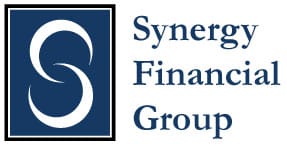How high can inflation go? Will the U.S. officially fall into a recession? Is the labor market slowing?
But the big question in the coming months…how high the Federal Reserve will raise rates but not too much as to push the economy into a recession. These are just a few questions or What to Watch in the near future.
Ahead of the Federal Open Market Committee meeting on September 20-21, Fed members will get readings from the inflation reading Core PCE, the Consumer Price index, the August Jobs Report and a few key Consumer Sentiment reports will be released. The data will be closely watched by Fed Chair Powell and his group of economists which will dictate monetary policy. The Fed controls the short-term Fed Funds Rate (FFR) which is the rate at which depository institutions, such as banks, savings and loans, and credit unions, charge each other for overnight loans.
An increase in the FFR essentially removes cash from the system and raises the savings rate which could discourage spending and that can lead to an economic slowdown or eventually a recession. Borrowing costs for short-term loans like credit cards, auto loans and the like tend to increase.
So, what does this mean for mortgage rates? If an economic slowdown or recession occurs, investors tend to move assets into the bond market’s longer-term securities which in turn lowers borrowing costs for mortgages. On June 16, the 30-year fixed rate mortgage was 5.80% as reported by Freddie Mac. On June 15 and July 27, the Fed raised the FFR by a total of 150 basis points. By August 4th, the 30-year fell to 4.99% before the recent increase.
Bottom line: The big home price gains are starting to ease while inventories are beginning to increase, which is a good sign for prospective homebuyers.
Source: Mortgage Market Guide
We are ready to help you find the best possible mortgage solution for your situation. Contact Sheila Siegel at Synergy Financial Group today.







